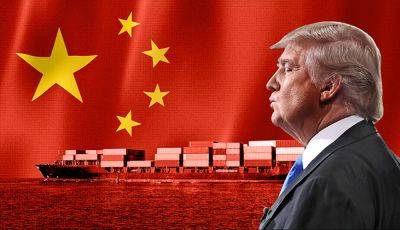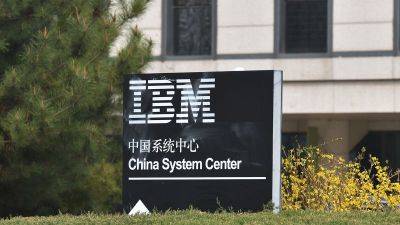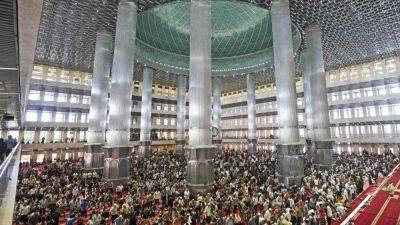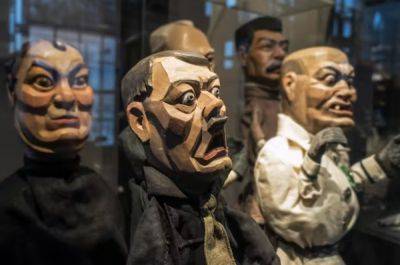To restore consumer confidence, China must save the property sector
The first was that annual gross domestic product (GDP) growth in July slowed to 4 per cent. This came after it had already slowed to 4.7 per cent in the second quarter of the year.
Second, private investment in the first seven months of the year registered zero growth – indicating a lack of investor confidence. While industrial output increased by 5.1 per cent in July compared to a year ago and fixed-asset investment was up 3.6 per cent, these increases were lower than expected and also lower than in the first half of the year.
As for the property debt crisis, the Chinese authorities should take a leaf from the United States’ Troubled Assets Relief Program (TARP) launched at the height of the global financial crisis in 2009. The programme was a vehicle for the US Treasury to inject US$426.4 billion in systemically important financial institutions in return for preferred shares. The Treasury eventually recouped US$441.7 billion when it disposed of those shares.
TARP not only recapitalised the banks that received the equity injections, it also restored confidence in the financial system and laid the foundations for a broader economic recovery. By 2010, the US economy was growing at a healthy clip again.
By contrast, China’s property debt crisis shows no signs of abating. Property investments fell by 10.2 per cent in July compared to a year ago, after falling by 10.1 per cent in the first half of the year.
It is hardly surprising that the Chinese rescue plan isn’t working. First, the size of the rescue fund is too small relative to the size of the problem. Goldman Sachs has estimated that the government would need to spend 7.7 trillion yuan, buying housing inventory at half the market price.
Second, the design of the plan is also







